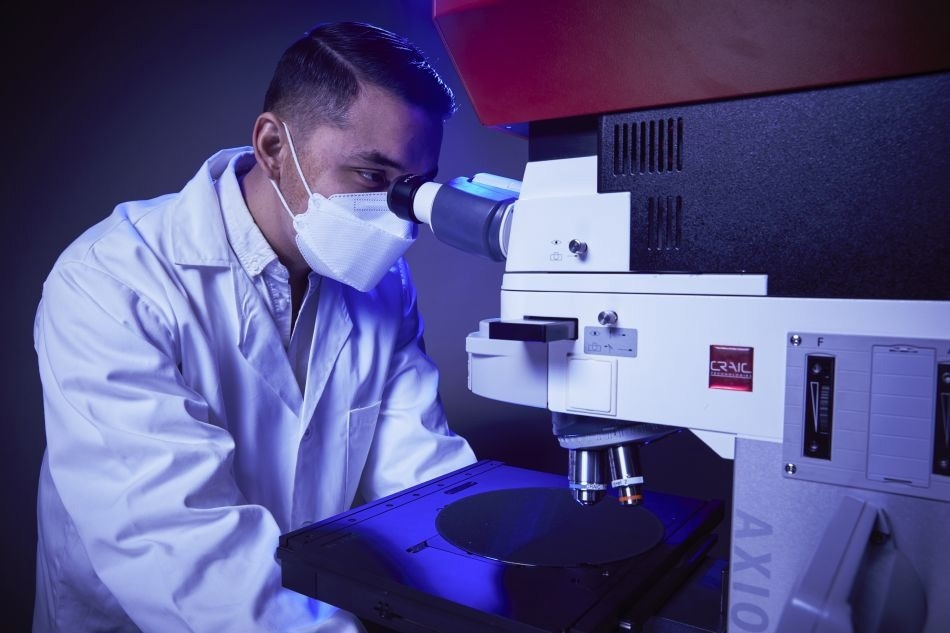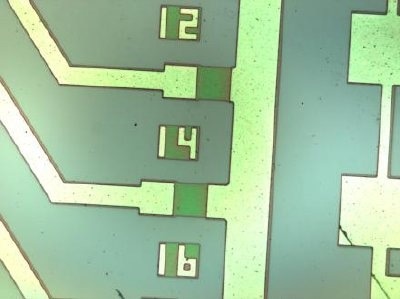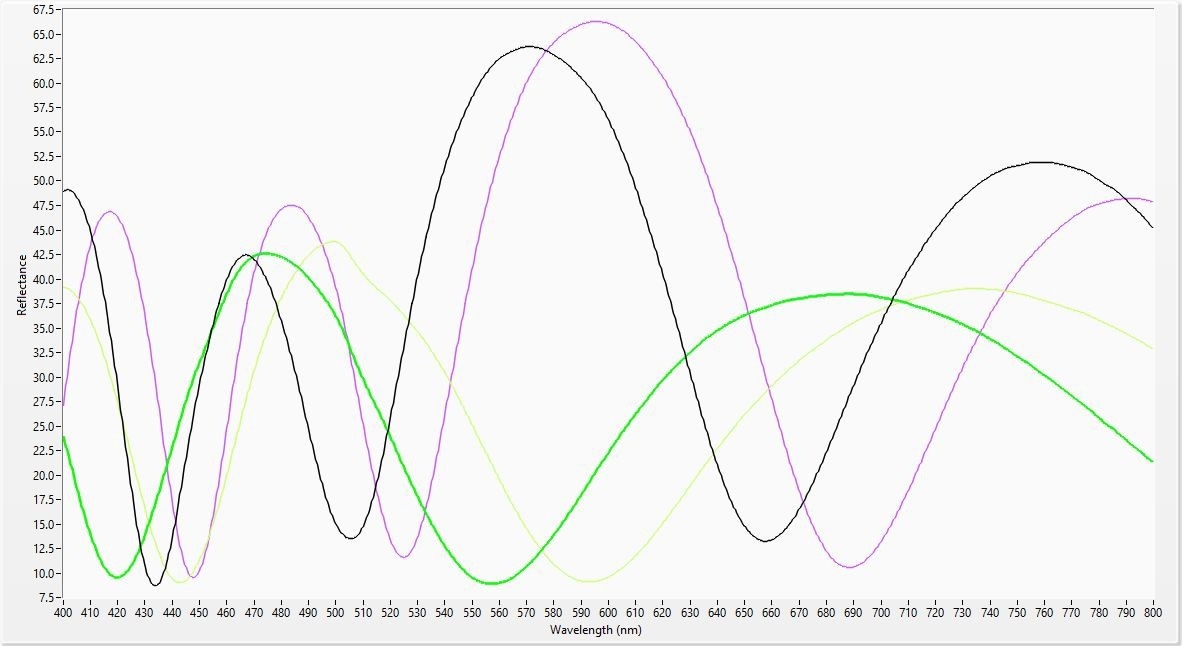CRAIC Technologies is the worlds leading developer of UV-visible-NIR range scientific instruments for microanalysis. These include the 2030PV PRO™ UV-visible-NIR microspectrophotometer designed to help you non-destructively measure the optical spectra of microscopic samples. CRAIC's UVM-1 deep ultraviolet microscopes cover the UV, visible and NIR range and help you analyze with sub-micron resolutions far beyond the visible range. CRAIC Technologies also has the Apollo M confocal Raman microspectrometer for non-destructive analysis of microscopic samples.

Image Credit: Shutterstock/Andrey Suslov
Thin-Films in Integrated Circuits
Modern integrated circuits are made by depositing layers of different materials upon substrates and then etching circuits within those films. The thickness of the films must be precisely controlled in order to reproducibly manufacturer the integrated circuits that so much of our lives depend on. Commonly, the films are only tens of nanometers thick and have circuit dimensions in the sub-micron range.
Microspectrophotometers for Small Spot Thin-Film Thickness Measurement
As such, microspectrophotometers, such as those manufactured by CRAIC Technologies, are one of the most effective tools to quickly, reliably and non-destructiveIy measure film thickness. Such film thickness measurement tools are designed to seamlessly integrate the microspectrophotometer with sophisticated software and automation in order to measure thin film thickness of sampling areas that can be smaller than a micron across. Such instruments are designed to measure film thickness of many types of films deposited upon many types of substrates.
Thin-Film Thickness Measurements on Transparent and Obaque Substrates
Thin film thickness measurements can be made on both transparent and opaque substrates which enables such tools to be used to monitor film thicknesses on such devices as both patterned and unpatterned semiconductor wafers, flat panel displays and MEMS devices.

Image Credit: The 2030PV PRO™ UV-VIS-NIR microspectrophotometer from CRAIC Technologies. This instrument can map film thickness across a wafer in both transmission and reflectance
Figure 1 is an example of an integrated circuit as seen through a CRAIC Technologies microspectrophotometer. The entrance aperture of the spectrophotometer is moved over the sample to measure the spectrum at each point across the wafer. As one commonly sees with such thin films as oil on water, thin films generate an interference pattern whose peak locations are determined by a number of factors…including the thickness of the film. CRAIC FilmPro™ software is used to calculate the thickness of the films from the spectra. CRAIC Spectral Surface Mapping™ software is used to collect all the thickness data and present it as a film thickness map of the wafer.

Figure 1. Integrated circuit as seen through a CRAIC Technologies microspectrophotometer
As shown in the spectra, differing thicknesses of silicon dioxide film deposited on a silicon substrate show variation in the interference spectra. Using these spectra, the CRAIC FilmPro™ software then models the thicknesses of each of the layers using a number of sophisticated algorithms. The results show that the red spectrum has a thickness of 10.1 nanometers, the blue a thickness of 30.0 nanometers and the green a measured thickness of 50.0 nanometers. This same technique can be used to measure film thickness by either transmission or reflectance of many types of materials and substrates. And due to the flexibility of the CRAIC Technologies thin film thickness measurement solutions, sampling areas can range from over 100 microns across to sub-micron. Additionally, CRAIC Spectral Surface Mapping™ software can both automate the process and collect all the thickness data and present it as a map of the thickness of the film across the surface of the wafer

Image Credit: Silicon Oxide Films on Silicon Substrate as measured by the 2030PV PRO™ equipped for thin film thickness measurements

This information has been sourced, reviewed and adapted from materials provided by CRAIC Technologies.
For more information on this source, please visit CRAIC Technologies.